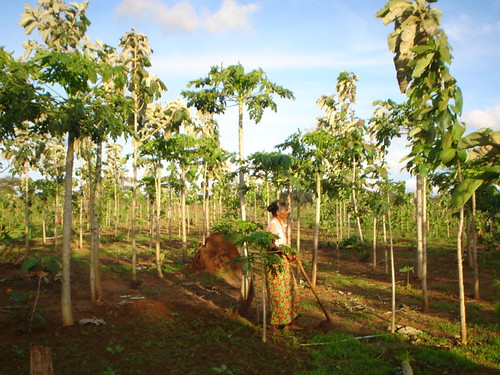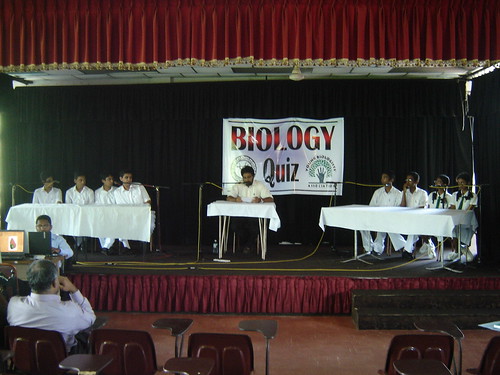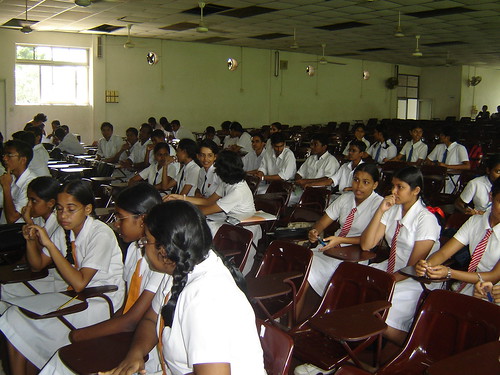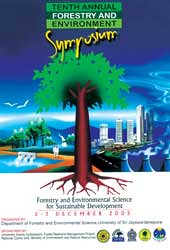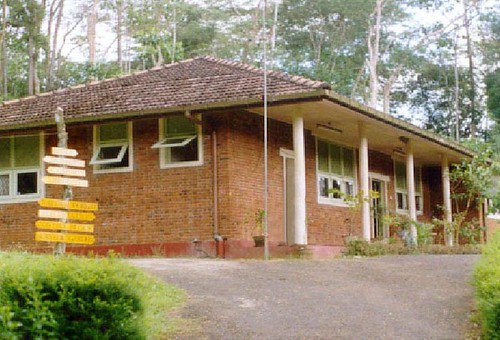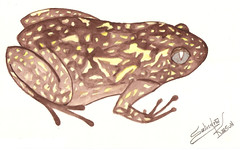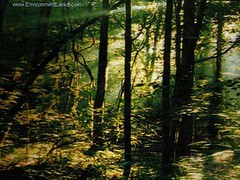Any (economic) activity is likely to involve the consumption of resources. Economics, among other matters, is to keep the consumption levels within the regenerative (and carrying) capacity of the earth. Present “development” model entails the consumption of increasing amount of entropic capital. However, according to the “sustainability” model, one can get away with the consumption of a lesser amount of entropic capital. Hence, there is no possibility of “development” sans “sustainability”.
It is true that Universe will not last for ever. Universe is also subjected to condition of Uppada (becoming), Thiti (existence), and Banga (death). It is possible that Universe will be without humans. In that case, Economics pertaining to humans will be irrelevant. However, one can be guided by the traditional Sinhalese saying “ira handa pawathinakan”. That is, “…..until the sun and the moon last”.
Sustainability does not mean that one has to use only technologies which existed three hundred years ago. It does not mean that one has to make a large compromise on the well-being of a person. However, it will definitely make appreciable compromise on the so call “standard of living”. Besides, present so called “standard of living” tends to be associated with diseases like Obesity, Diabetes, Hypertension, Coronary Thrombosis and even possibly Cancer. Thus, it is matter whether the so call “standard of living” is worth the price we pay for it.
Until recently, agriculture was controlled by high-energy (consuming) countries using cheap “oil” and massive subsidies. Presently, there is an (unsuccessful/ partially successful?) attempt by the high energy countries to produce “oil” from agriculture because of the high oil prices. It appears that agriculture has been liberated from the grip of the high-energy countries. Of course, one has to pay a heavy price for his freedom. One could say that the system has gone a full circle. What is witnessed now is a major structural change taking place in the economy, where one is forced into a more sustainable mode of consumption.
It is true that coal can contribute more to pollute, if proper technological measures are not taken. How it is not so much of matter of “oil” vs. “coal” as both contribute to increase in the carbon dioxide level in the atmosphere. In the case of oil, known supplies will last about another fifty years if the present consumption patterns are followed.
However, within the “Sustainability” model;
1) Oil consumption by the high-energy countries would be curtailed; this will help to preserve the oil reserves for a longer period. It will also reduce the rate of emission of carbon dioxide by these countries. In addition, it will force the adoption of environmental friendly technology. An even more important consideration is that the overall consumption of resources would be curtailed in the high-energy countries.
2) Some resources will be transferred to very low-energy countries (consuming) which will be helpful in providing with the basic necessities of the relevant communities.
This scheme will be strongly opposed by the so called “developed” countries as it would favor the low-energy countries. However, it is difficult to understand how a person in a low-energy country can be against such a proposal.
Incidentally, President Gorge W. Bush, who favors the present development model, says “we will consume and pollute” and “you pay for it”. This is because it is the low-energy countries which will pay a disproportionate amount for environmental degradation, especially for global warming, and not the high-energy countries.
Life styles of affluent countries are increasingly labeled as non-sustainable. For example, the per capita carbon dioxide emission for USA is 19.8 metric tons per annum (in 2003) while it is only 0.5 for Sri Lanka. The per capita electricity consumption for USA is 14,057 kiloWatt-hours per annum (in 2003) while it is only 407 for a Sri Lanka. Furthermore, the Ecological Foot Print of an American is 9.57 hectares (in 2004) whereas it is only 0.88 for a Sri Lankan. The Ecological Foot Print is one of the indicators created to give a measure of the compounding environment problems in the world, although is not a perfect one, is increasingly accepted in Economics. About 60% of the world population lives in Asia, whereas the population in the high-energy countries is only about 20%. If the Asians are to follow the economic consumption patterns of the high-energy countries it would be catastrophic. Instead, Asia should adapt an alternative economic consumption model and claim leadership in this regard. Others would be compelled to follow. This is not an option but a necessity.
Incidentally, consider the Nobel (memorial) prize in Economics which is the pinnacle of orthodox economics, has been awarded for work such as on Psychology (Daniel Kahneman - 2002) and Game Theory (Robert J. Aumann - 2005). However, not a single award has been given for work directly related to environmental issues. Is this a case of Economics sans Environment? As far as economic orthodoxy is concerned, one is tempted to say that
“Nero is playing the fiddle while Rome is warming (burning).”
Finally, it has to be mentioned that no technological advances, especially those pertaining to macroscopic system, can overcome the barriers impose by (thermodynamic) entropic consideration. This is true whether it is related to economic activities or otherwise. That is, technology can postpone the inevitable but it cannot override it.
Post by: Dr Agra T. Wejerathna
Senior Lecturer, Departmen of Physics, University of Sri Jayewardenepura, Sri Lanka
